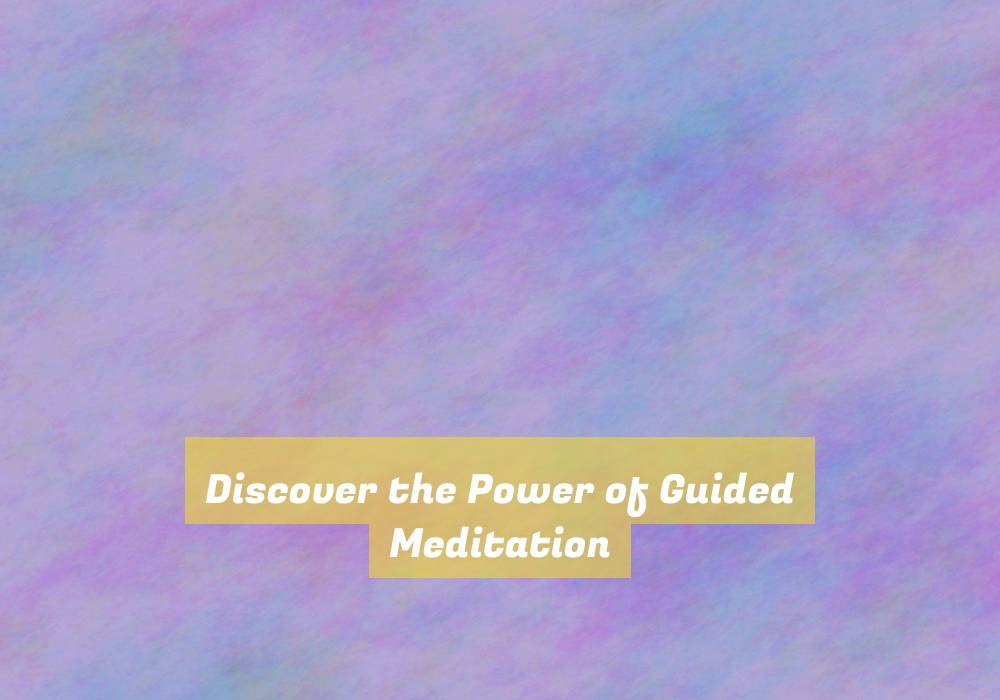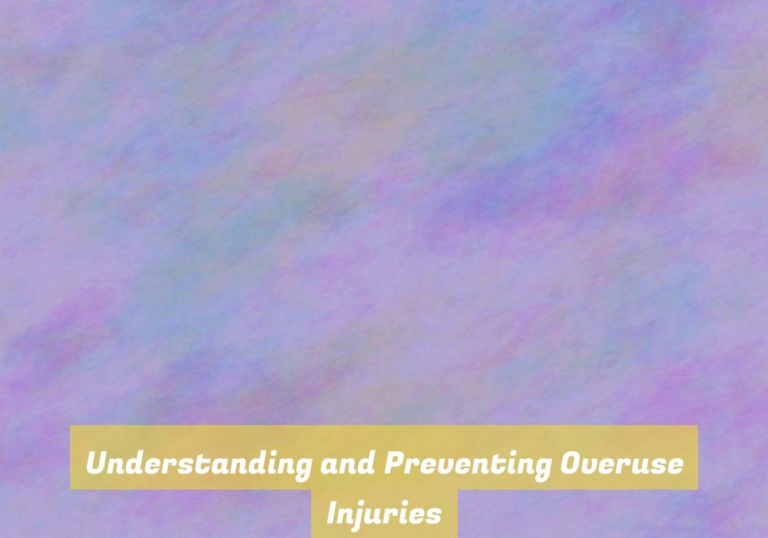Discover the Power of Guided Meditation
YouG??ve heard about the benefits of mindfulness and meditation, but have you truly experienced the power of guided meditation?
ItG??s not just about clearing your mind or finding inner peace; itG??s about tapping into a guided practice that can transform the way you approach daily life.
Imagine being able to navigate stress, anxiety, and even physical discomfort with a sense of calm and clarity.
ThereG??s a reason why guided meditation is gaining popularity, and itG??s time to explore what it can offer you.
Benefits of Guided Meditation
Guided meditation offers a multitude of benefits, including improved focus, reduced stress, and a greater sense of inner peace. When you engage in guided meditation, you allow yourself the opportunity to center your thoughts and emotions, leading to enhanced concentration and mental clarity.
As you follow the guidance, you can feel the weight of stress and tension lifting from your shoulders, promoting a profound sense of relaxation and calm. This practice enables you to connect with your inner self, fostering a deep-seated tranquility that resonates within you.
Moreover, guided meditation can aid in reducing anxiety and promoting emotional well-being. By consciously immersing yourself in the present moment, you can cultivate a heightened awareness of your surroundings and your own thoughts and feelings. This heightened awareness often leads to a greater understanding of oneself and a more positive outlook on life.
As you continue to engage in guided meditation, you may find that your overall sense of contentment and peace expands, positively impacting various aspects of your daily life.
How Guided Meditation Works
To understand how guided meditation works, you need to recognize its ability to lead you through a structured process of relaxation and focus.
During a guided meditation session, a trained practitioner or recorded voice provides verbal instructions and imagery to help you relax your body, calm your mind, and focus your attention.
This process typically begins with deep breathing exercises to induce a state of relaxation. As the meditation progresses, the guide may direct your attention to different parts of your body, encouraging you to release tension and stress.
Additionally, they may use visualization techniques to guide your mind to peaceful and serene settings, further enhancing the relaxation experience.
By following the guidance provided, you can enter a state of deep relaxation and heightened awareness, allowing you to experience the full benefits of meditation.
The structured nature of guided meditation makes it accessible to beginners and experienced practitioners alike, providing a supportive framework for developing a consistent meditation practice and reaping its many rewards.
Techniques for Effective Guided Meditation
Effective guided meditation techniques involve incorporating specific breathing exercises and visualization methods to deepen relaxation and focus. To start, find a quiet and comfortable place to sit or lie down. Close your eyes and take deep, slow breaths, focusing on the sensation of air entering and leaving your body. This technique helps calm the mind and relax the body, preparing you for the meditation session.
Next, practice visualization by imagining a peaceful and serene place, such as a beach or a lush forest. Engage all your senses in the visualization, feeling the warmth of the sun, hearing the gentle sounds of nature, and smelling the fragrant air. This visualization technique can transport you to a state of deep relaxation and tranquility.
Another effective technique is body scan meditation, where you focus on each part of your body, starting from your toes and moving upwards, releasing any tension or stress you may be holding. This helps to promote physical relaxation and awareness of bodily sensations.
Incorporating Guided Meditation Into Your Routine
As you incorporate guided meditation into your routine, you can start by finding a consistent time and quiet space where you can comfortably engage in your practice. Consider integrating meditation into your morning or evening rituals, as this can help create a sense of regularity and make it easier to stick to your practice. Choose a peaceful environment, free from distractions, where you can sit or lie down comfortably.
ItG??s important to set realistic goals when adding guided meditation to your routine. Start with shorter sessions, such as 5-10 minutes, and gradually increase the duration as you become more accustomed to the practice. By setting achievable goals, you can avoid feeling overwhelmed and increase the likelihood of making meditation a lasting habit.
Another way to integrate guided meditation into your routine is by using reminders or cues to prompt your practice. This could be setting a daily alarm, linking meditation to an existing habit, or incorporating it into your schedule in a way that feels natural to you.
Conclusion
Now that youG??ve learned about the benefits and techniques of guided meditation, itG??s time to incorporate it into your routine.
Take a few minutes each day to find a quiet space, close your eyes, and follow a guided meditation.
YouG??ll be amazed at the power of this practice to reduce stress, improve focus, and bring a sense of calm to your life.
Give it a try and experience the positive impact for yourself.





Your exploration of guided meditation resonates with my own experiences over the past few years. Initially, I approached meditation with skepticism, viewing it as an abstract concept that might not fit into my fast-paced lifestyle. However, after incorporating guided meditations into my routine, I discovered a significant transformation in how I handle stress and anxiety.